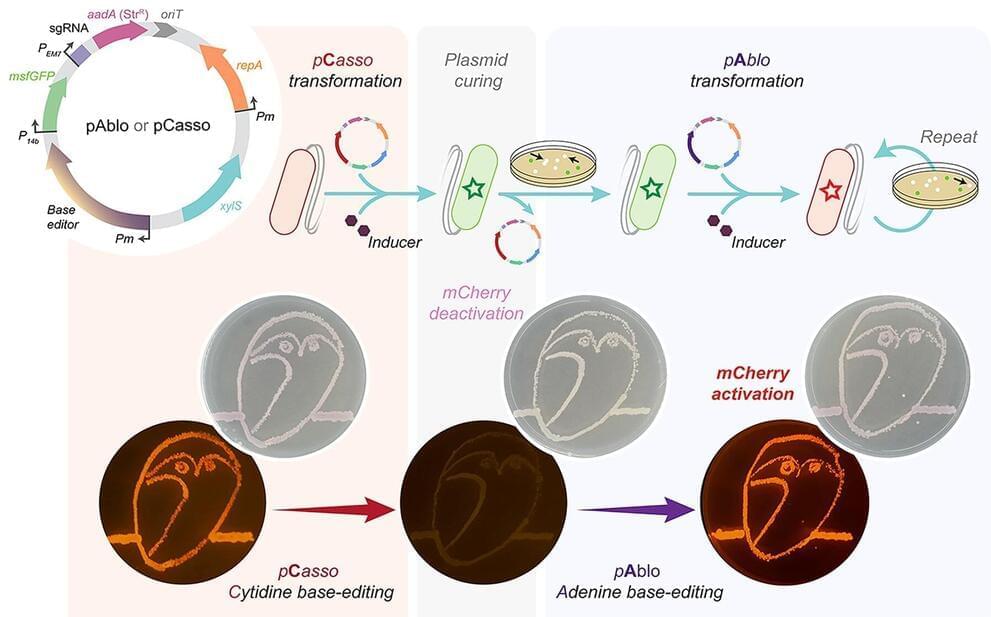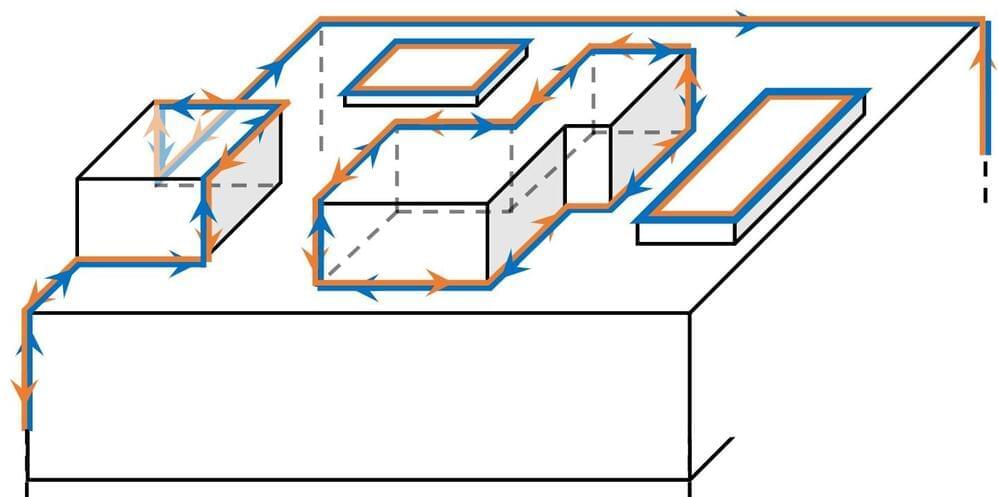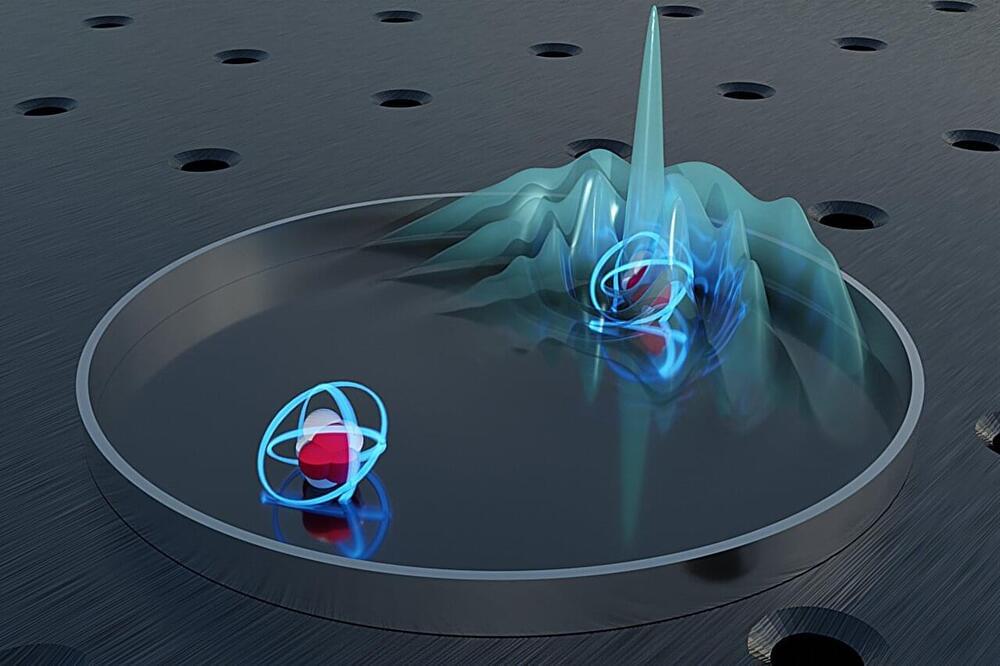Viewers will find out Samsung’s game plan for Galaxy AI and see the new Galaxy S24 lineup.



A new CRISPR-Cas toolkit, dubbed “pAblo·pCasso,” is set to transform the landscape of bacterial genome editing, offering unprecedented precision and flexibility in genetic engineering. The new technology, developed by researchers at The Novo Nordisk Foundation Center for Biosustainability (DTU Biosustain), expands the range of genome sites available for base-editing and dramatically accelerates the development of bacteria for a wide range of bioproduction applications.
PAblo·pCasso sets a new standard in CRISPR-Cas technologies. A key innovation is to enable precise and reversible DNA edits within Gram-negative bacteria, a feat not achievable with previous CRISPR systems. The toolkit utilizes specialized fusion enzymes, modified Cas9 coupled with editor modules CBE or ABE, which act like molecular pencils to alter specific DNA nucleotides, thus accurately controlling gene function.
The development of pAblo·pCasso involved overcoming significant challenges. Traditional CRISPR-Cas systems were limited by their need for specific DNA sequences (PAM sequences) near the target site and were less effective in making precise, single-nucleotide changes. pAblo·pCasso transcends these limitations by incorporating advanced Cas-fusion variants that do not require specific PAM sequences, thereby expanding the range of possible genomic editing sites.

A few months ago, developers with access to an Apple Vision Pro Developer Kit were given access to the App Store to download compatible iPhone and iPad apps. As Vision Pro arrives in stores in February, Apple has made it possible for developers to submit their apps to the App Store. Starting today, these visionOS apps are now rolling out to users.
Developers who submitted their visionOS apps for App Store Review earlier this month are now receiving emails from Apple telling them that the apps have been approved and are now available for download on the visionOS App Store.
As noted by developer Dylan McDonald, the iOS App Store is now showing which apps are compatible with Apple Vision Pro, although screenshots have yet to be made available.


Given the value of the vaccine, it’s mindboggling that some in the US would choose not to protect their children. And yet, vaccine rates among US kindergartners fell for the second consecutive year in 2022, a situation the Centers for Disease Control and Prevention said left some 250,000 kids vulnerable to measles. While some of those missed shots were potentially due to challenges accessing timely health care during the pandemic, there’s reason to worry that growing hesitancy about vaccination is also at play.
It does not help that some states are making it easier to forgo routine childhood vaccines. Mississippi, for example, previously led the nation in vaccination coverage for kindergarteners, with more than 98.6% of kids receiving both doses of their MMR shots in the 2021–2022 school year. But anti-vaccine activists succeeded in loosening the state’s childhood vaccination policy, and last year families could for the first time seek religious exemptions for basic shots like MMR, tetanus, polio and others. According to a report from NBC, the state granted more than 2,200 exemptions in the first five months they were allowed.
The shift seemingly reflects a new partisan divide. A recent Pew Research Center poll found a steep drop in the number of Republicans and people who lean Republican who don’t believe vaccines should be required for attending public school.


Just like a book can’t be judged by its cover, a material can’t always be judged by its surface. But, for an elusive conjectured class of materials, physicists have now shown that the surface previously thought to be “featureless” holds an unmistakable signature that could lead to the first definitive observation.
Higher-order topological insulators, or HOTIs, have attracted attention for their ability to conduct electricity along one-dimensional lines on their surfaces, but this property is quite difficult to experimentally distinguish from other effects. By instead studying the interiors of these materials from a different perspective, a team of physicists has identified a surface signature that is unique to HOTIs that can determine how light reflects from their surfaces.
As the team reports in the journal Nature Communications, this property could be used to experimentally confirm the existence of such topological states in real materials.

Atoms can absorb and reemit light—this is an everyday phenomenon. In most cases, however, an atom emits a light particle in all possible directions—recapturing this photon is, therefore, quite hard.
A research team from TU Wien in Vienna (Austria) has now been able to demonstrate theoretically that using a special lens, a single photon emitted by one atom can be guaranteed to be reabsorbed by a second atom. This second atom not only absorbs the photon though, but directly returns it back to the first atom. That way, the atoms pass the photon to each other with pinpoint accuracy again and again—just like in ping-pong.

Microsoft is set to introduce its Copilot AI, powered by OpenAI’s GPT-4, to keyboards on new Windows computers.